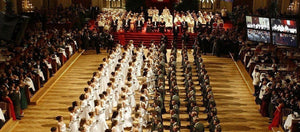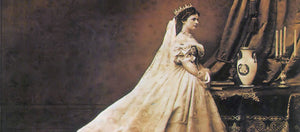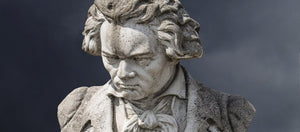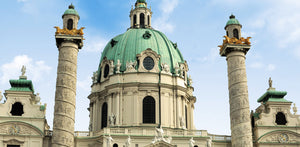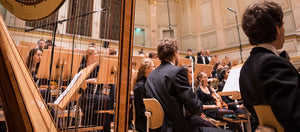Walking in Beethoven’s Footsteps in Vienna
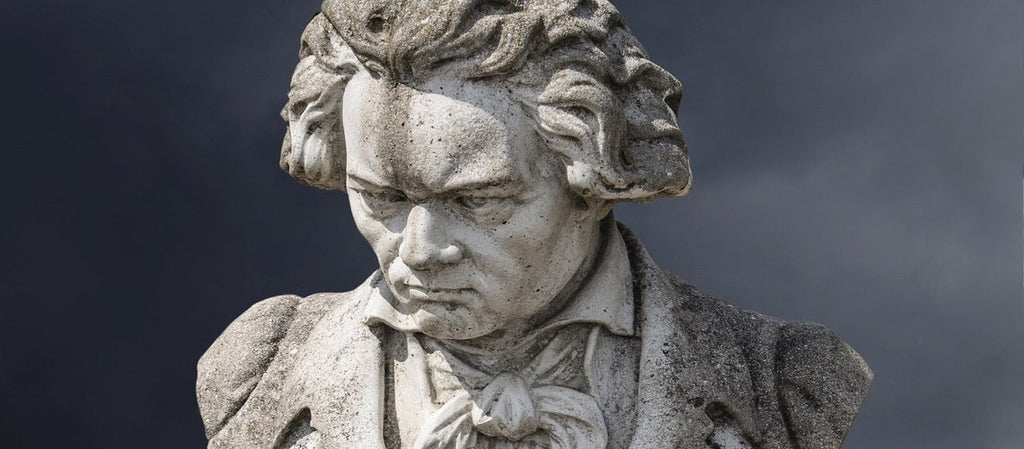
While Mozart and Strauss are two of the first names that come to mind when you think of incredible composers in Vienna, the city attracted a plethora of remarkable talent from all over the world, including Ludwig van Beethoven. The musical master resided in Austria’s capital for over 35 years and his influence on the city can still be seen today.
From the sprawling Beethoven Museum, his past residences and various memorials to the music halls in which he played, Klimt’s Beethoven Frieze and the Beethoven wine tavern, if you want to bring the memory of Beethoven back to life, there are plenty of ways to do it in Vienna.
Beethoven’s Life in Vienna
Ludwig van Beethoven was born in Bonn in 1770, but it wasn’t until he was 17 that he first travelled to Vienna, following his great opportunity to study under Mozart. However, not long after he set foot in the city of music, he had to return to be by his mother’s side during what would turn out to be her final years.
Five years later, when Beethoven returned to Vienna, he studied as Joseph Haydn’s pupil, since Mozart had died during the interim. Instead of making a quick departure this time, Beethoven turned Vienna into his permanent home and remained there until he died in 1827.
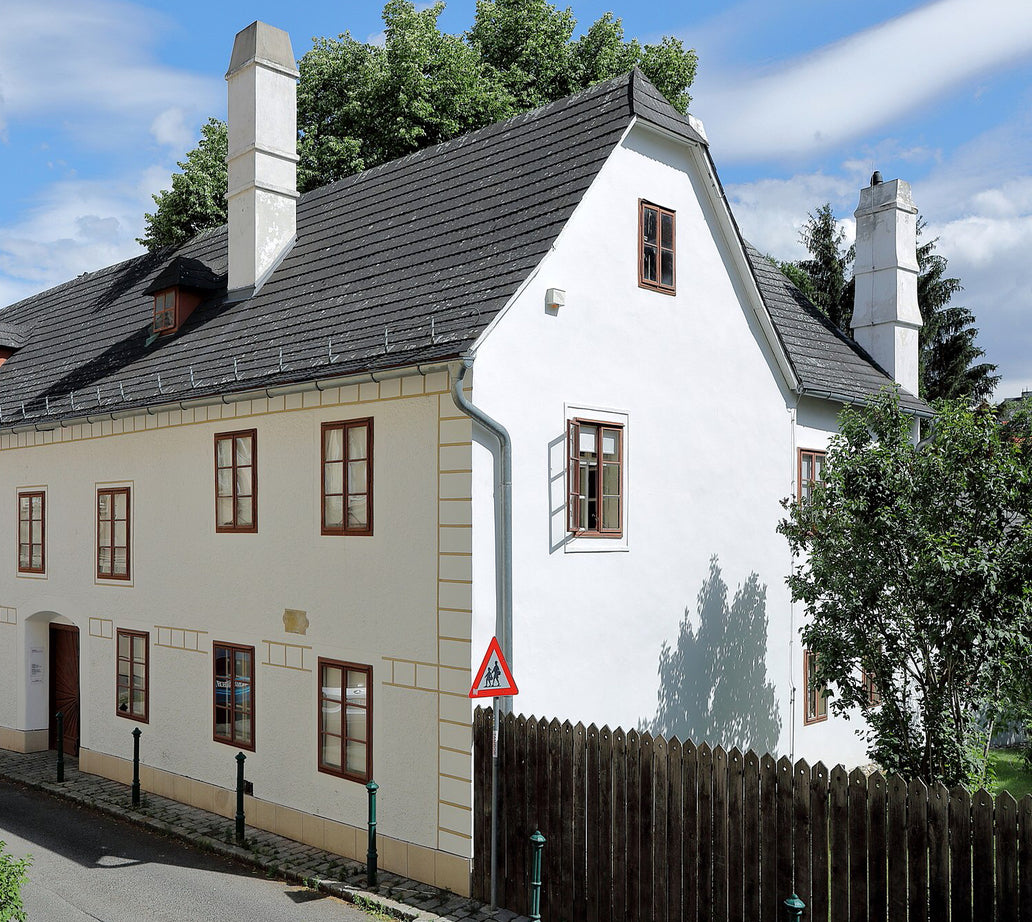
Credit: Bwag [CC-BY-SA-4.0]
Beethoven Museum
One of Beethoven’s former residences, a small apartment at Probusgasse 6 in Heiligenstadt in the 19th district was considerably expanded to create the Beethoven Museum in 2017. An intriguing, contemporary gallery, the museum is comprised of 14 rooms categorised into illuminated themed zones which cover the apartment’s history, Beethoven’s move to Vienna, his residence in Heiligenstadt, how life and the music scene was at the time, and his powerful legacy.
Some of the most popular exhibits include ear pipes (one of the earliest forms of hearing aids) and a prompt box which used to be placed on Beethoven’s grand piano to magnify its sound. You can experience Beethoven’s dwindling hearing for yourself at several listening stations. There are also somel displays containing bizarre objects, such as eggs (meant to symbolise his short temper, since he was said to throw them).
The apartment in which the museum sits is where 32 year old Beethoven wrote his Heiligenstadt Testament to his brother in deep despair. He wrote the letter when he found out that his deafness would never be cured, although he decided not to send it. At the same time, the composer worked on major pieces of music at Probusgasse, including Opus 31, Christ on the Mount of Olives and Eroica.
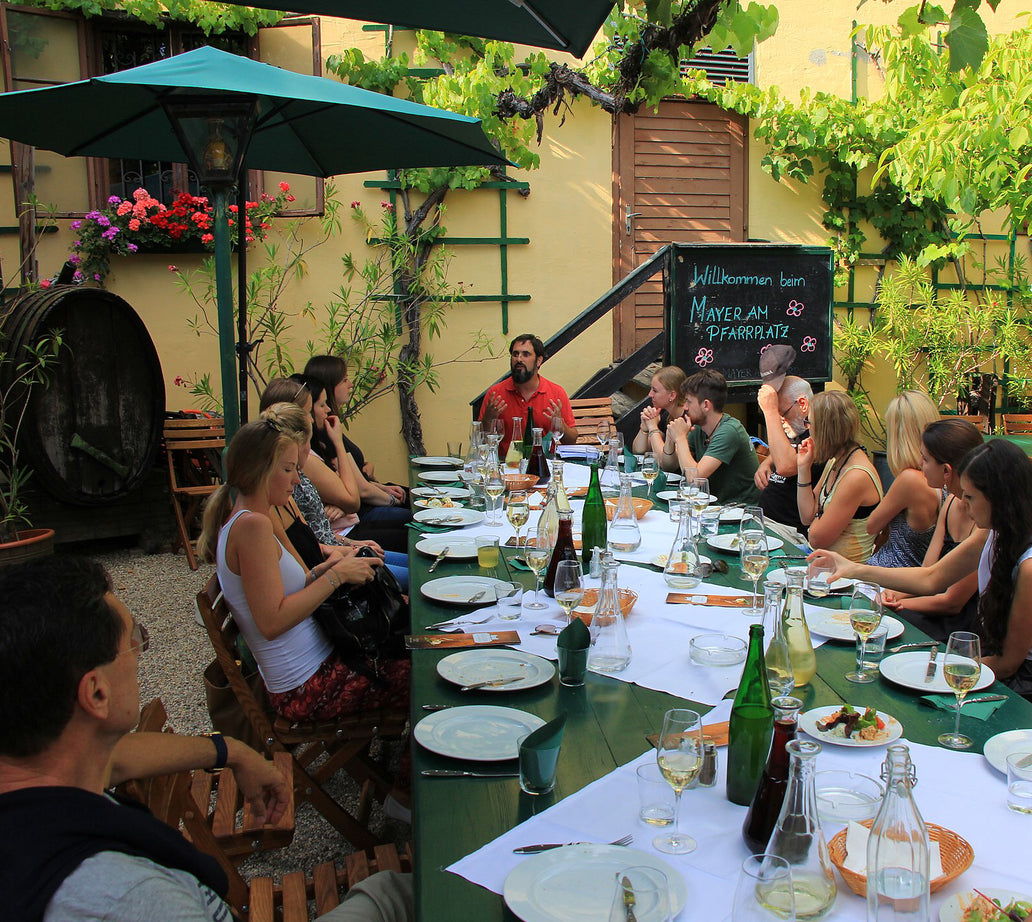
Credit: Karl Gruber [CC-BY-SA-4.0]
Mayer on Pfarrplatz
Just a short walk away from the Beethoven museum lies the wine tavern (heuriger in German) Mayer on Pfarrplatz. While today it’s one of Vienna’s most highly established wineries boasting several awards, in 1817, it was also one of the places where Beethoven lived. He moved into a romantic semi-detached house within the winery and wrote the following about his surroundings,
“The house is delightfully situated on the quiet and sunny Pfarrplatz, in the
middle of which stands a statue of John of Nepomuk, surrounded by four acacia
trees. Saint Florian looks down from the corner of the house, where he stands
in front of a blue background; a wide gate leads into the courtyard; wild vines
overgrow the open wooden staircase on the long side of the house, which is used
to climb up to the primitive rooms, the windows of which have a wide view over
the Danube, across to the Marchfeld, where Countess Erdödy lives at her country seat.”
When you visit Mayer on Pfarrplatz today, it’s almost like time has stood still. Every detail found in Beethoven’s description is still there, making it a wonderful place to feel connected to the musical master.

Credit: Andreas Praefcke [CC-BY-SA-3.0]
Pasqualati House
Yet another Beethoven residence in Vienna that has been tremendously well-preserved is Pasqualati House. This building is named after its owner, Baron Pasqualati, who was a friend and sponsor of Beethoven. Here the composer penned such marvels as Fidelio and Für Elise, amongst many other symphonies and piano pieces.
Today, the house contains a small museum dedicated to Beethoven. But although Beethoven resided in several rooms inside the house between 1804 and 1814, these rooms aren’t open to the public. If you really want to stand in the same spot that Beethoven once stood centuries ago, you’re best off visiting the aforementioned Beethoven Museum. But if you’re content with wandering throughout a small network of rooms, admiring displays and items related to his life, you’ll have a great experience here.
While many of the items within Pasqualati House are copies, there are a few originals. A salt and pepper pot set that once belonged to Beethoven is one of them. Other pieces which aren’t genuine include sheet music covered in his corrections, pictures of his contemporaries, opera flyers, sculptures and portraits.
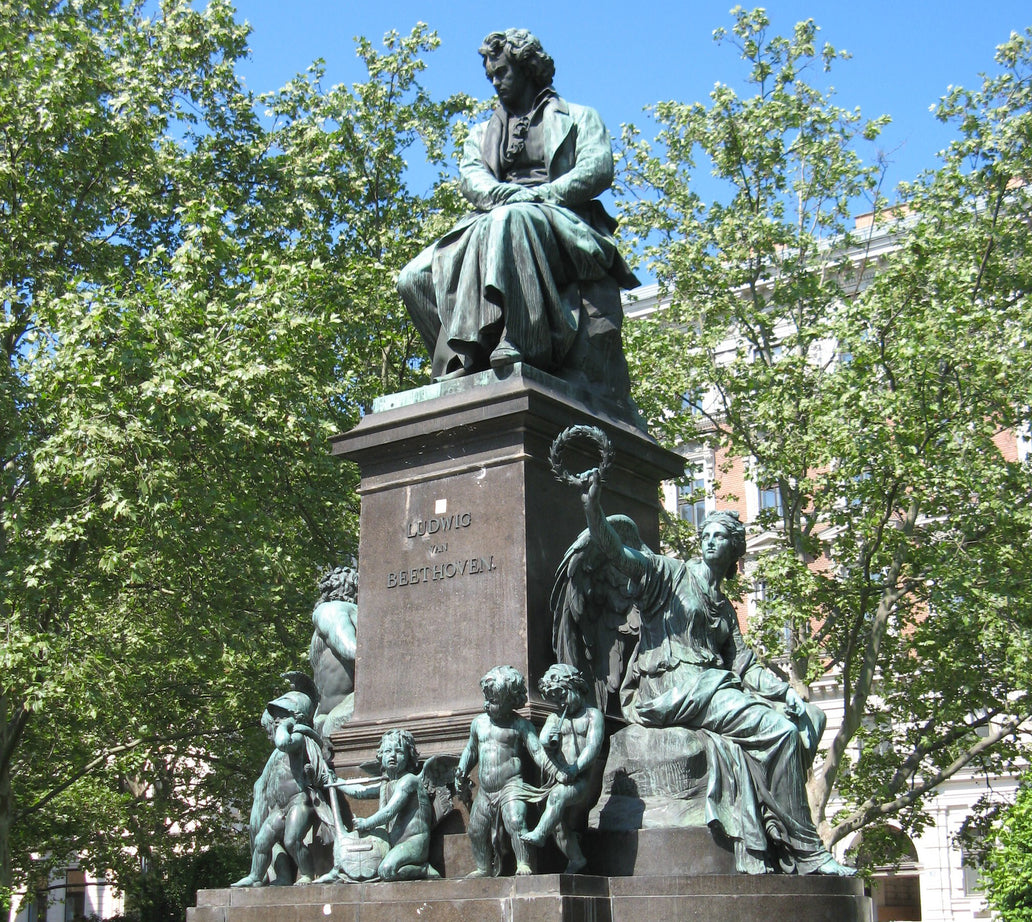
Credit: Buchhändler [CC-BY-SA-3.0]
More Beethoven in Vienna
If you’re hungry for more, visit Beethoven Park, opposite the Vienna Konzerthaus. Here you’ll find two bronze statues of the composer — Caspar Zumbusch’s classic 1880 sculpture and Markus Lüpertz’s bright and colourful 2017 monument. You can also check out the incredible 34-metre-long Beethoven Frieze created by Gustav Klimt on the basement level of the Secession gallery and visit Beethoven’s grave of honour at Vienna’s Central Cemetery.
Beethoven concerts in Vienna
To witness the majesty of some of Beethoven’s most monumental work, book tickets for Osterkonzert — Musik der Meister. This spectacular event is considered to be one of the city’s best-kept secrets for music lovers, who are treated to the likes of Brahms’ Tragic Overture, Schubert’s Eighth Symphony and Beethoven’s Eroica, performed by the famous Vienna Symphony Orchestra. Click here to book your tickets.


